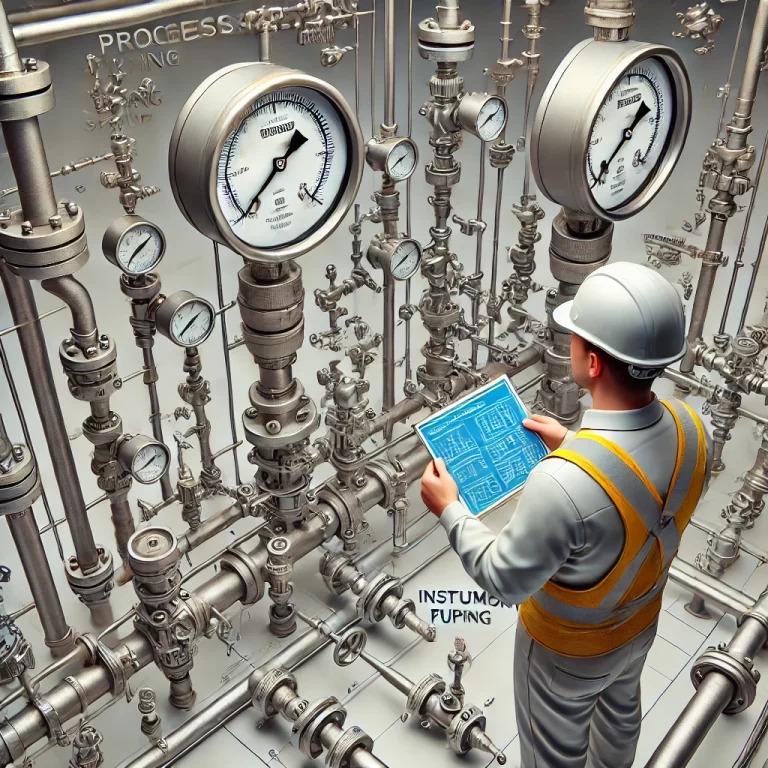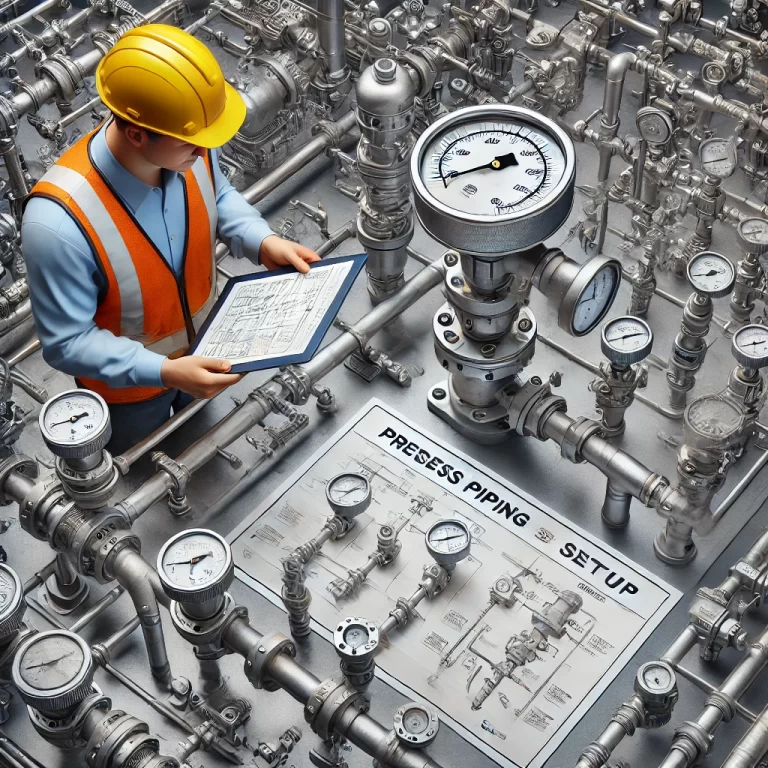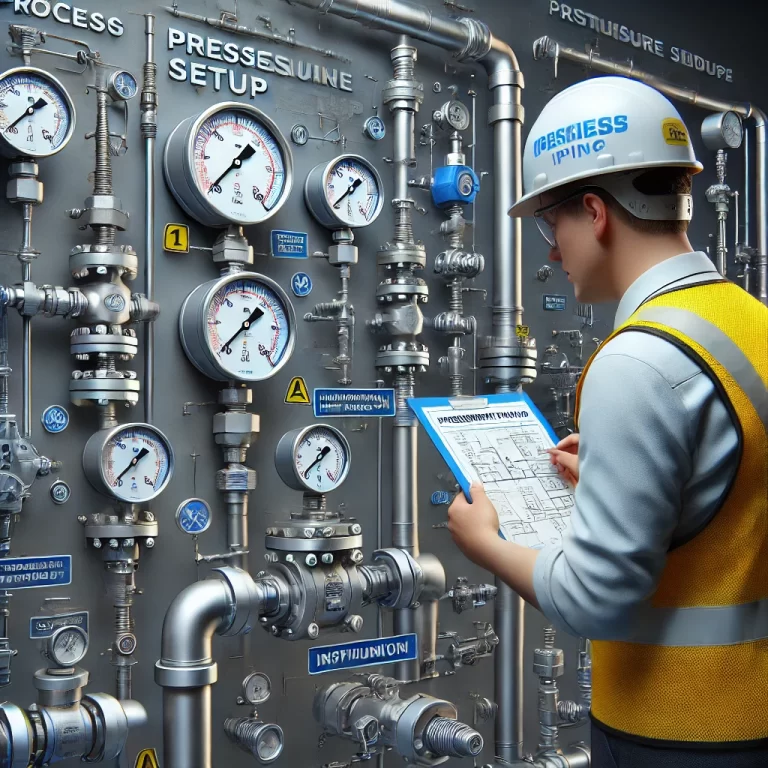Introduction
A pressure sensor is a measuring device that detects pressure and converts the sensed information into an electrical signal or another required output format. This allows for data transmission, processing, storage, display, recording, and control. However, during operation, pressure sensors may encounter malfunctions that affect their performance. This article discusses common issues and their possible causes, along with troubleshooting methods.

Issue 1: No Change in Output When Pressure is Applied, Sudden Output Change, and Zero Offset After Pressure Release
Symptoms:
When pressure is applied, the sensor’s output remains unchanged.
After applying more pressure, the output suddenly changes.
Upon releasing pressure, the sensor does not return to its original zero point.
Possible Causes:
Obstruction in the pressure port due to the sealing ring: This is one of the most common reasons for such behavior. If the sealing ring (O-ring) used in the threaded connection between the pressure sensor and the machine is too soft or too thick, it may be compressed into the sensor’s pressure port during installation.
Blockage of pressure medium flow: When the pressure is applied, the blocked port prevents the medium from reaching the sensor. When the pressure increases significantly, it may suddenly push the sealing ring aside, causing the sensor to detect a sudden change in pressure.
Residual pressure retention: Once the pressure is released, the sealing ring returns to its previous position, blocking the port again. This prevents the trapped pressure inside the sensor from fully dissipating, leading to a zero offset issue.
Troubleshooting and Solutions:
Choose an appropriate sealing ring: Use sealing rings with the correct hardness and thickness to ensure they do not deform excessively under pressure.
Adjust the installation method: Avoid overtightening the sensor, which may cause excessive compression of the sealing ring.
Inspect the pressure port: Regularly check for any blockage or deformation in the sealing area to prevent obstruction of the pressure medium.

Issue 2: No Output Signal from the Pressure Sensor
Symptoms:
The sensor’s output signal remains at zero even when pressure is applied.
The sensor does not respond to changes in pressure.
Possible Causes:
No actual pressure in the pipeline: The sensor may not be detecting any real pressure, which could be due to an upstream blockage or an issue with the pressure source.
Power supply failure: If the sensor is not receiving power, it will not function properly.
Incorrect wiring or reversed polarity: Incorrect electrical connections, including reversed polarity of the power supply, can prevent the sensor from working.
Faulty electronic circuit board: A malfunction in the sensor’s internal circuit board may cause a lack of output.
Damage to the sensing element: If the pressure-sensitive diaphragm or strain gauge inside the sensor is damaged, it may result in a complete loss of signal.
Troubleshooting and Solutions:
Check the pipeline for pressure: Ensure that there is actual pressure present in the system by using a secondary measurement device.
Verify the power supply: Ensure that the sensor is properly powered and that the voltage meets the required specifications.
Inspect wiring connections:
Confirm that all electrical connections are secure and correct.
Check for reversed polarity in the power supply and correct it if necessary.
Test the electronic circuit board: If the sensor has an accessible PCB, examine it for visible damage, such as burnt components or loose connections.
Evaluate the sensing element: If possible, test the sensor with a known pressure source to determine if the internal sensing component is functioning correctly.

Conclusion
Pressure sensors play a crucial role in various industrial and mechanical applications. Understanding common issues and their potential causes can help in effectively diagnosing and troubleshooting problems. Regular maintenance, correct installation, and careful selection of components such as sealing rings can significantly reduce sensor failures. When issues arise, following a systematic approach to troubleshooting ensures accurate identification of the problem and effective resolution, thereby improving the reliability and lifespan of the pressure sensor.
